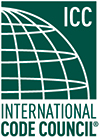| CODE UPDATE | Significant Changes to the 2012 International Building Code |
|
| (The information below is excerpted from the Significant Changes to the 2012 International Codes series.) |
|
Secondary water supplies must now be designed to operate automatically. Any high-rise building constructed in accordance with the International Fire Code and International Building Code requires a secondary water supply when it is located on property classified as a Seismic Design Category (SDC) C, D, E or F. Because an earthquake can break underground water pipes, Section 903.3.5.2 requires high-rise buildings within the indicated SDCs to have a secondary water supply, sized to provide the hydraulic demand of the building's automatic sprinkler system, including hose streams, for a minimum flow duration of 30 minutes.
Click to continue reading more on this update to the 2012 IBC Significant Changes. |
|
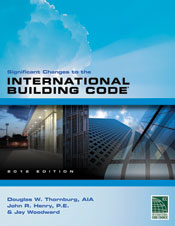  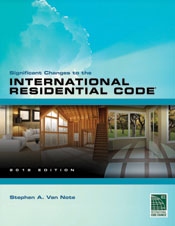  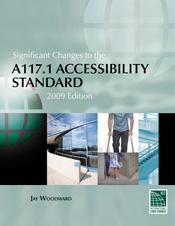 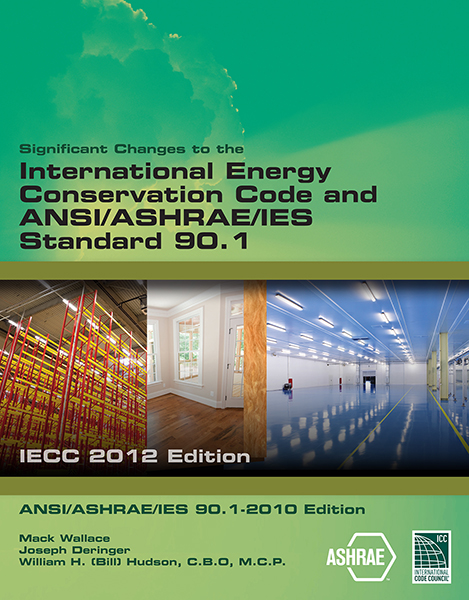 |
The Significant Changes to the 2012 International Codes series is designed to assist code officials, architects, engineers and other construction professionals transitioning from the 2009 to the 2012 editions of the International Codes. Authored by ICC code experts, the series offers a comprehensive yet practical analysis of hundreds of the most critical changes. Each color publication contains: revised code text; a summary of each change listed; in-depth change analysis; and a detailed photo, illustration or table for each change to deepen understanding. Coverage reflects provisions with special significance, including new and innovative design ideas and technologies, modern materials and methods of construction, and current approaches to safety and stability. |
| Back to top |
 |
| CODE HANDBOOK | 2012 International Building Code Handbook |
|
| (The information below is excerpted from the 2012 International Building Code Handbook.) |
|
Prior to the early 1980s, building codes did not provide for atriums, and, moreover, atriums were prohibited because of the requirements for protection of vertical openings. They were, however, permitted on an individual basis, usually under the provisions in the administrative sections of the code permitting alternative designs and alternative methods of construction.
Click to continue reading more on this excerpt from the 2012 International Building Code Handbook. |
|
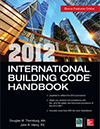 |
The 2012 International Building Code Handbook is a comprehensive, full-color guide to the entire 2012 International Building Code (IBC). Authored by ICC code experts and published by McGraw-Hill to assist code officials, architects and engineers in understanding the code, this publication covers both structural and fire- and life-safety provisions. This time-saving resource makes it easy to understand and apply complex IBC requirements and achieve compliance. |
